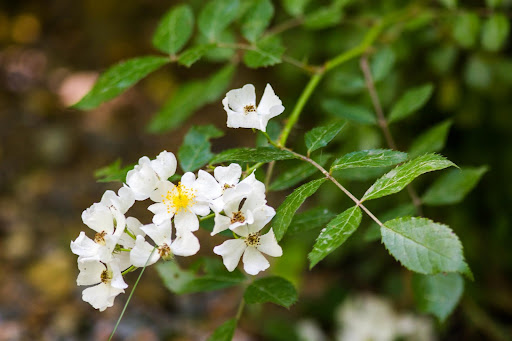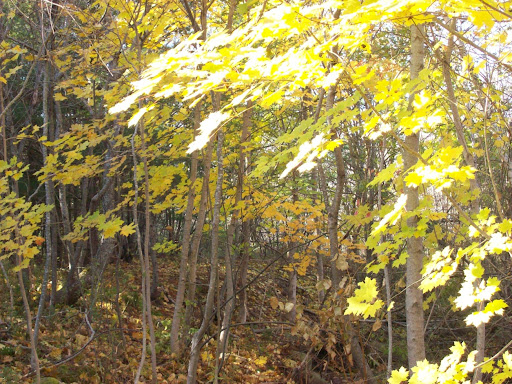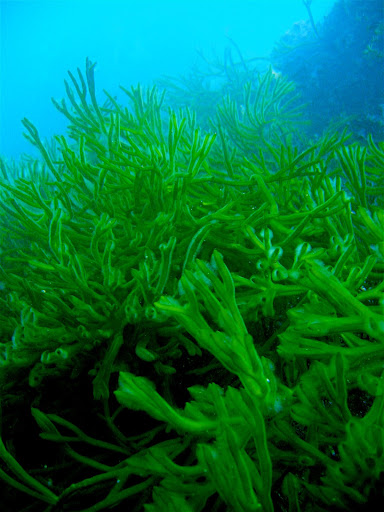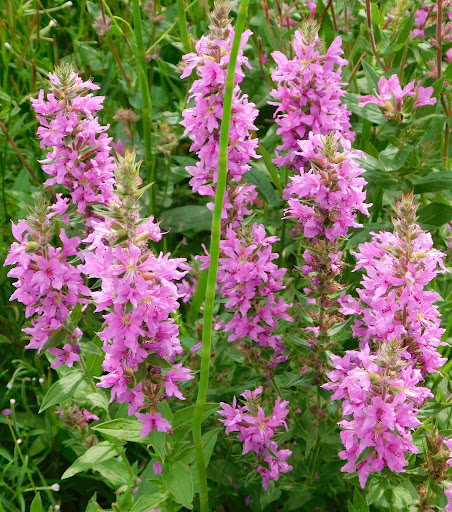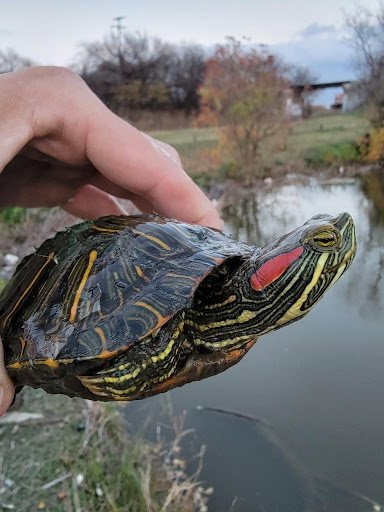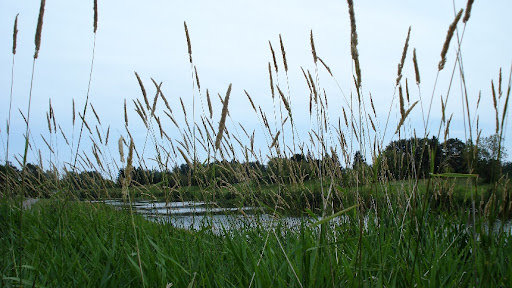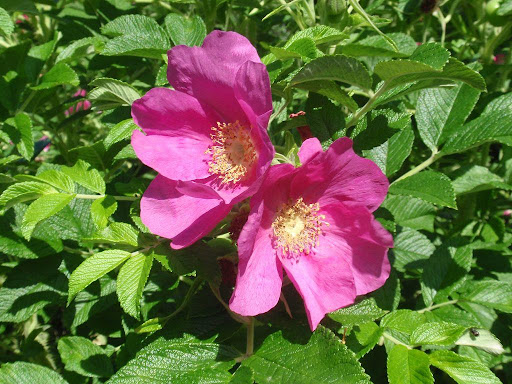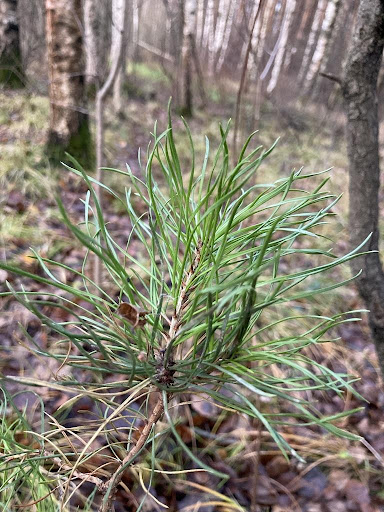Fact Sheet VASCULAR PLANT Rosa multiflora | Common names: Multiflower Rose, Rambler Rose Description Multiflora Rose is a woody shrub that grows up to 3 m tall and 4 m wide. Its stem is green to red with stiff, curved thorns. Leaves are compound, with 5–11 oblong, oval leaflets with serrated edges. The upper surface

